Clark County School District’s Turnaround Zone brings mixed results

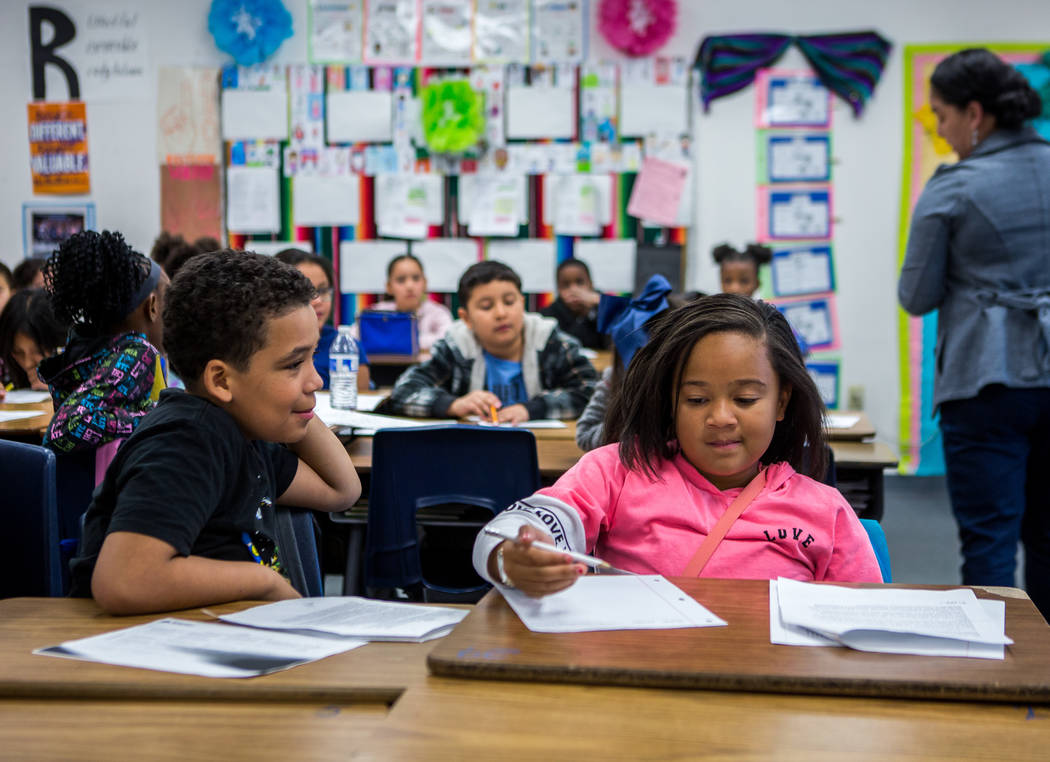

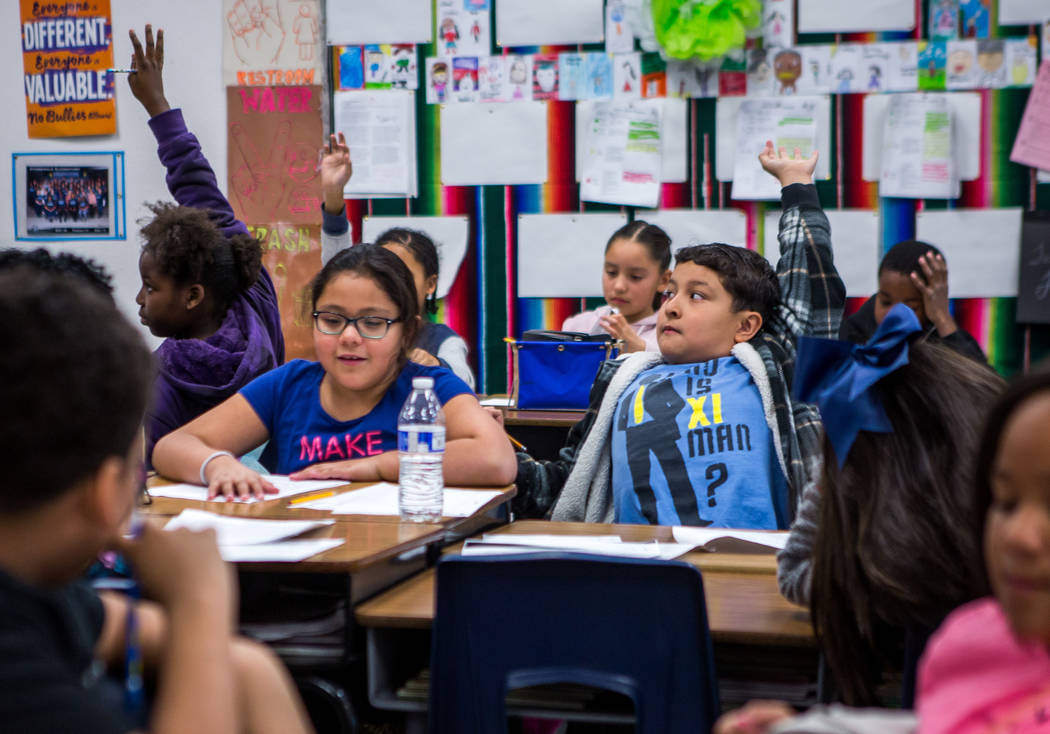







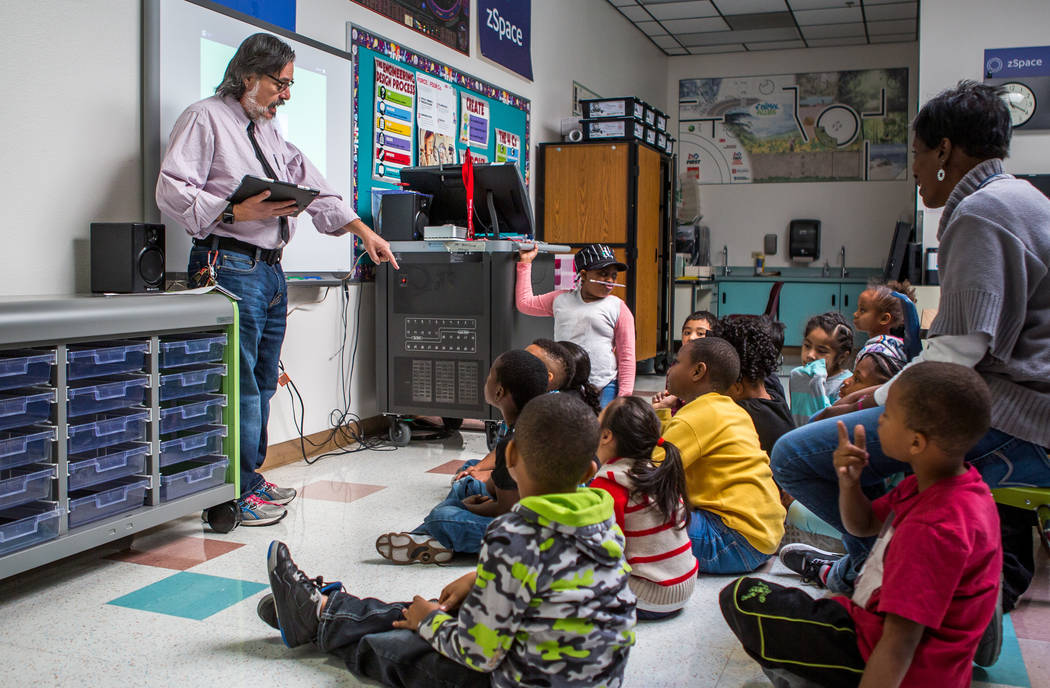
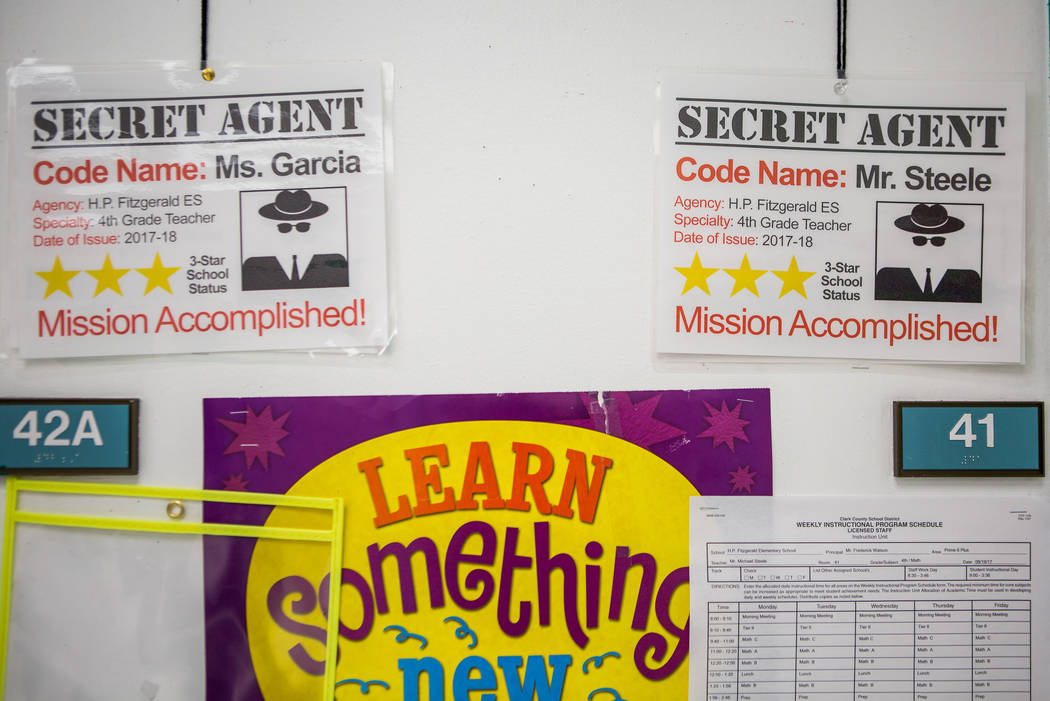
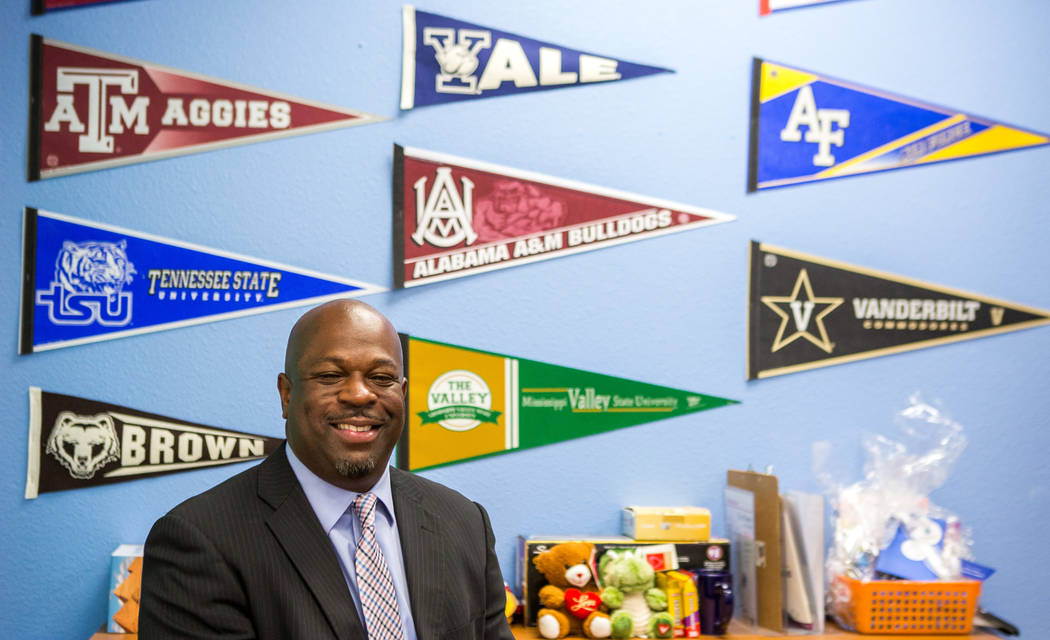
When Frederick Watson became principal of Fitzgerald Elementary in North Las Vegas four years ago, morale was low and the one-star school was among the lowest-rated in the state in academic achievement.
His overriding task as the new leader of the school: Change that.
“I came into a school that wasn’t providing good instruction for the kids,” Watson said. “And that wasn’t a kid problem, that was an adult problem. We have fantastically talented kids. But we just weren’t meeting their needs.”
But Watson had some additional tools at his disposal to try and work some magic. Fitzgerald had just entered the Turnaround Zone — the district’s initiative for improving its lowest-performing schools. Turnaround schools try to reach three stars on the state’s five-star rating system within three years, while high schools try to improve graduation rates above 60 percent.
Those schools, which are given a new principal, receive tiered district funding, usually about $300,000 to $400,000 in the first year for elementary and middle schools and more — about $500,000 or higher — for high schools. Principals also have the freedom to reassign ineffective staff.
One principal’s approach
Watson began offering life-skills classes to parents, replaced 12 staff members and made an iPad available to every student, among other things.
Today, the school boasts three-stars under the state’s accountability system, a goal achieved one year faster than the ambitious three-year target.
It’s one of three district schools — the others are Hickey Elementary and Vegas Verdes Elementary — that will exit the Turnaround Zonethis year after reaching that goal.
“This hasn’t been an overnight success,” Watson said. “It’s a culmination of all the hard work of all the people on staff.”
Meanwhile, Harris Elementary, Robert Taylor Elementary, Gene Ward Elementary, Jerome Mack Middle and Monaco Middle will enter the program.
While the initiative has produced success stories, a Review-Journal analysis of schools that have entered and exited the Turnaround Zone indicates that its results are mixed in producing long-term success.
High schools have shown significant increases in graduation rates that continue after exiting the program, although many of their star ratings remained stagnant. Yet some elementary and middle schools are in the program for a fourth year — a year beyond the exit target — and have declined to one-star ratings.
Associate Superintendent Jeff Geihs, who oversees the Turnaround Zone, says those schools are not ready to exit.
“They haven’t hit the mark yet, it’s pure and simple,” he said of Bailey Middle, Manch Elementary and Mountain View Elementary schools.
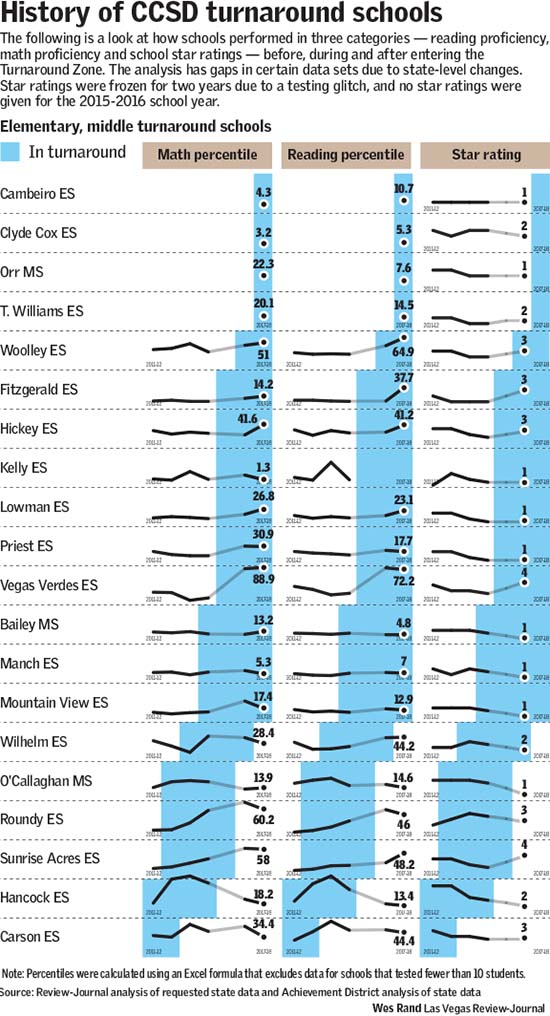
Geihs still believes they will eventually succeed, adding that the program takes a no-excuses approach to improvement that puts the responsibility solely on adults.
“I think that the success of schools is always because of the adults in the building. Period. Or the adults working around the building, like partners and parents,” he said. “The success or the failure of a school is always an adult issue and never a child issue.”
Long-term outlook
Measuring long-term success of current and former turnaround schools is tough.
Over the years, the state has changed its standardized testing. And a glitch in testing one year prevented a batch of results and a round of star ratings. The state Department of Education also recently redefined the 2016-2017 star ratings in an accountability system officials argue is harder than before.
Still, some turnaround schools show signs of trending downward in achievement.
O’Callaghan Middle, for example, has dropped from three stars to one star and declined in reading percentile since exiting in the 2015-2016 school year. That’s the only school, Geihs said, that has emerged for reconsideration to move back into the zone.
Mojave is the only high school that took more than three years to exit.
Sunrise Acres Elementary, on the other hand, has shown stellar improvement — jumping from two to four stars and vastly improving in math and reading percentiles.
Geihs said he has always worried that former turnaround schools may slip back into the bottom ranks. But he said those worries haven’t been borne out.
“Most of these schools that exit continue to improve without the support of turnaround because it’s about the belief system and the structures that have been exhibited in that environment,” he said.
Achievement levels may vary from year to year based on so many things, Geihs said, with a small number of test scores influencing the rankings. The important thing, he said, is to have structures in place to ensure upward mobility.
Sustainability a challenge
Carlas McCauley, director of the Center on School Turnaround at WestEd, said it’s common for schools that have exited such efforts to return in a few years after sliding back down to under-performance.
A good practice, he said, would be to not think of exiting turnaround as the end point.
“We have learned that sustainability isn’t a question that happens at the end,” he said. “Sustainability is a question that happens throughout. What are you doing now and can it be replicated and sustainable?”
The Clark County School District’s three-year goal is certainly ambitious, McCauley said. He also supports the tiered financing model of the Turnaround Zone — schools gradually receives less funding in years two and three.
But it’s not all about the money, argued McCauley, whose center works with school districts and states nationwide on turnaround efforts.
“Money is only as effective as how it’s being spent to support those schools,” he said. “And where I’ve seen money become significantly effective is (where) it’s allowed for the right individuals to be in our most challenged schools.”

Moving forward
At Fitzgerald Elementary, Principal Watson sees no signs of halting improvement.
“We’ve still got a ways to go,” he said. “We have a good deal of kids that aren’t proficient at reading — we want to reach that four-star (rating).”
At his high-poverty school, all students can now learn with an iPad and a Smart Board. Extracuriccular activities include violin and sports. Watson hopes to transform the school into one focused on science, technology, engineering and math.
Once Fitzgerald reachese four stars, he wants five.
“I jsut want us to be a high-achieving school,” Watson said. “We’re all proud of what we’ve accomplished so far, but we know we have work to do because we owe it to these kids.”
Contact Amelia Pak-Harvey at apak-harvey@reviewjournal.com or 702-383-4630. Follow @AmeliaPakHarvey on Twitter.
More district initiatives
The Turnaround Zone isn’t the only method that the Clark County School District is now using to assist schools in need. The district also has school performance agreements with 14 schools to increase achievement. A state-district collaborative will also offer strategic state and federal funding to improve achievement to designated schools in the 2018-2019 school year.













